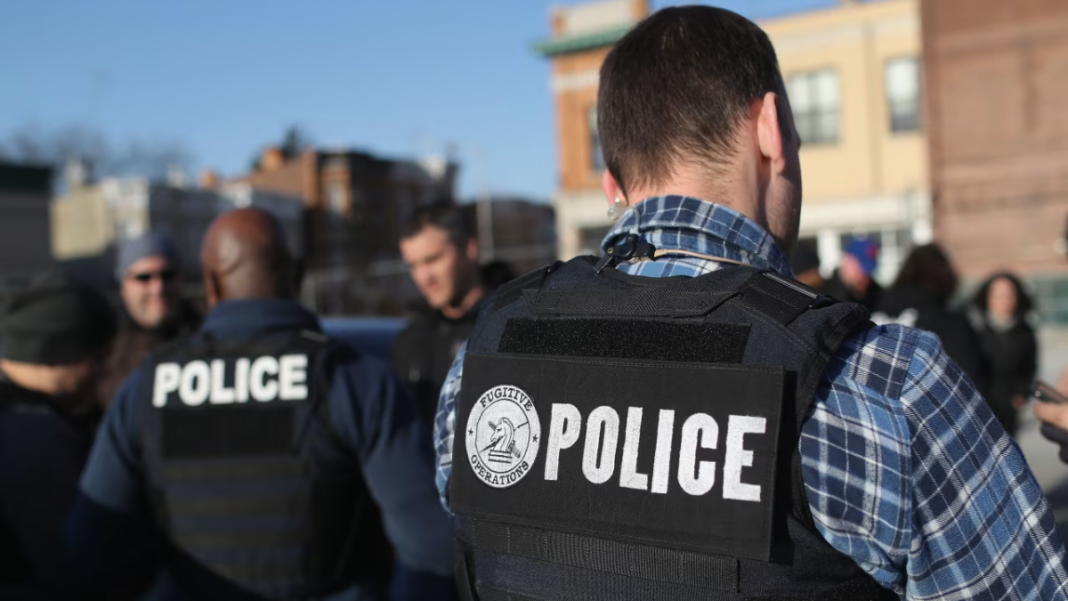A federal judge, P. Kevin Castel, has ruled that immigration enforcement agents can continue making courthouse arrests in New York City. The case was brought forward by civil rights groups, including the ACLU, who argued the practice created fear and unfair pressure on immigrants attending their hearings. However, Judge P. Kevin Castel dismissed these claims, saying there was not enough evidence to show that the policy was made without reason.
The ruling focused on guidelines first introduced in 2021 and later expanded in 2025. These guidelines allow officers to carry out arrests at or near immigration courts. Judge P. Kevin Castel explained that the government changed its approach. Local jails and correctional facilities were no longer cooperating with immigration detainers. Without these “safe” locations, officers had fewer options. They turned to courthouses. There, they could still find individuals with open cases.
Although the ruling allows the arrests to continue, Judge P. Kevin Castel did block one part of the policy. This was a Department of Justice practice that encouraged immigration judges to close cases early so that officers could immediately arrest the migrants after hearings. The court found that this step went too far.
ICE detains LA father of 4 Jorge Cruz in front of family, despite green card
Viral Videos and Public Outcry
The courthouse arrests first gained wide attention after videos circulated on social media. The videos showed immigration officers waiting outside courtrooms and detaining individuals right after their hearings. In some clips, bystanders accused officers of “kidnapping” migrants who had just finished attending their scheduled court dates.
The practice began under an initiative launched by the Trump administration in 2020, which specifically targeted undocumented immigrants who appeared for asylum hearings. The government at the time argued this was a practical way to locate people who had open cases. But critics quickly pointed out that many of those arrested did not have any criminal record beyond their immigration status.
Civil rights advocates, including Diana Konaté of African Communities Together, argued that the tactic discouraged people from attending their own hearings, out of fear they would be taken away immediately after. They described it as a direct attack on the fairness of the legal system. According to advocates, immigrants now face an impossible choice: show up in court and risk arrest, or stay away and risk losing their case altogether.
Trump administration moves to send federal officers to Chicago for immigration enforcement
Pushback From Judges and Advocates
The policy also sparked strong reactions from court officials. Some judges have resisted the practice. In one high-profile case, Judge Hannah Dugan in Milwaukee allegedly helped a migrant escape through a private exit to avoid immigration officers waiting with an arrest warrant. The incident led to federal charges against the judge, highlighting just how deeply the policy has divided opinions inside the justice system itself.
Despite the criticism, immigration enforcement agents have continued to use courthouse arrests as a tool. They say courthouses are a controlled environment. People are already screened for security there. This makes arrests safer for officers and the public. Officials also say state and local governments have placed restrictions on jails and prisons. Because of this, they have fewer options. Courthouses are one of the few places where arrests can be carried out reliably.
The ruling from Judge P. Kevin Castel confirms that the practice will not stop in New York City, at least for now. It keeps alive a controversy that has triggered national debates about immigration, the role of enforcement, and the balance between safety and justice inside America’s courtrooms.
